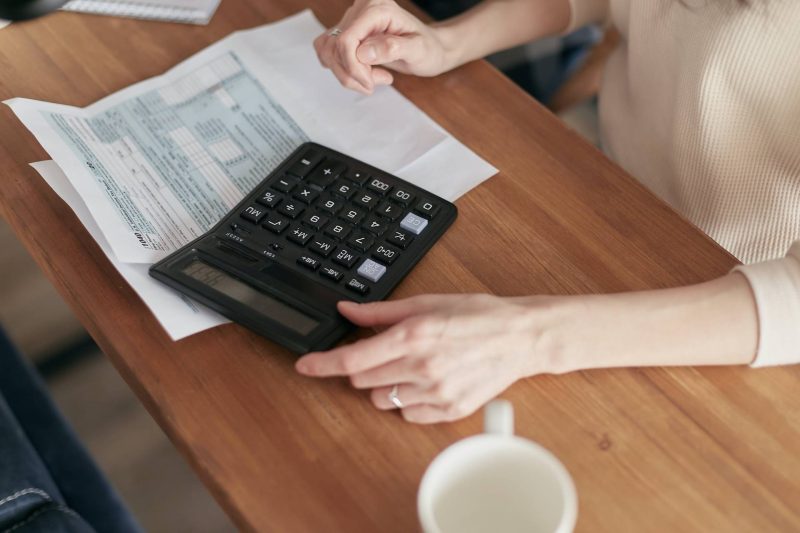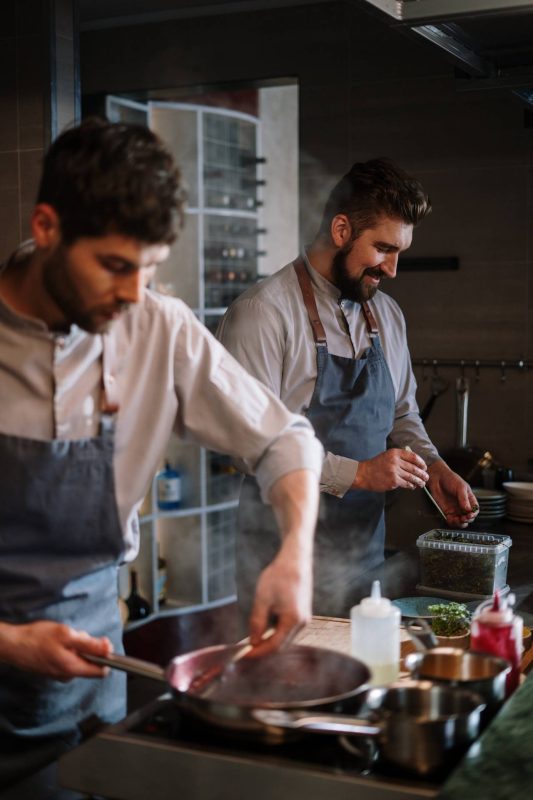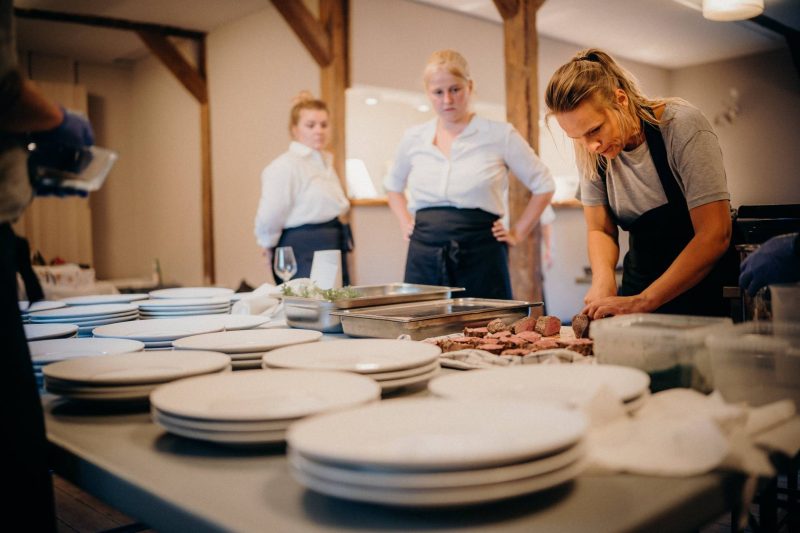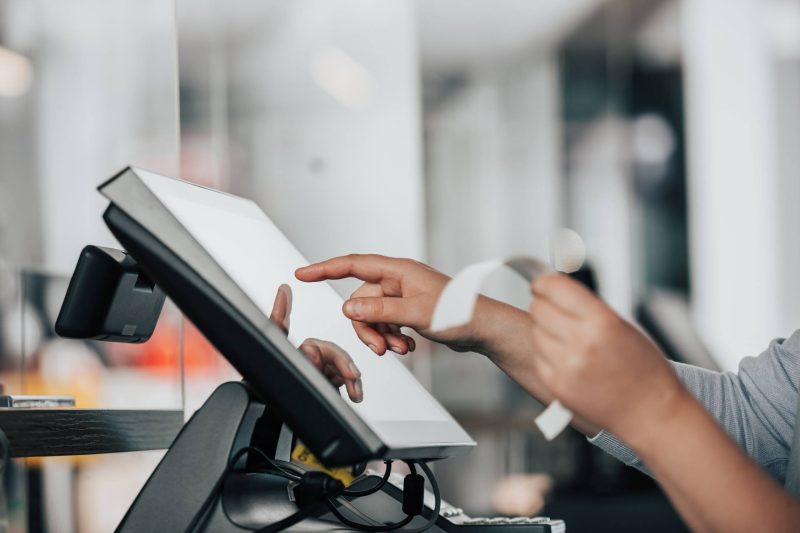5 tips for restaurant cost control
As a restaurant manager or owner, you’re all too familiar with the high costs of running your business. Because the truth is, that from managing inventory to optimising labour costs, restaurant owners and managers face numerous challenges. With small margins and endless costs to oversee, effective cost control is essential for long-term success and profitability. In this article, we present a handful of valuable tips to help your restaurant implement smart and practical strategies for cost control. By focusing on areas such as menu engineering, staff training and supplier negotiation, we’ll show you how there’s absolutely no reason you can’t be on your way to better financial management before you know it. Take the challenge of restaurant cost control and thrive in the highly competitive hospitality market from today!
What is restaurant cost control?
Cost control in a restaurant refers to the practice of managing and optimising expenses to maximise profits and ensure financial sustainability. Sound a little overwhelming? You’re not alone. Cost control is an intimidating task to approach at a restaurant, due to the number of outgoings your business has on a day to day, week to week and month to month basis.
Having said this, restaurant cost control can be broken down into a number of manageable steps. By evaluating your current processes and their implementation costs, and finding ways to optimise them for the best-in-class experience, there’s no reason you can’t gain better control of your costs sooner rather than later.
In this article, we’ll help you identify common problem areas and guide you on your way to cutting costs and increasing profits!
Why is cost control important in a restaurant?
There is a whole host of reasons cost control is important – and notoriously tricky – in a restaurant. But here are some of the most vital reasons; some that you might resonate with as a restaurant manager.
Firstly – and perhaps most obviously – restaurant cost control directly impacts the overall financial health and profitability of your establishment. It’s as simple as this; by effectively managing costs, restaurants can maintain a healthy bottom line and maximise profits.
Secondly, cost control helps in ensuring operational efficiency by reducing waste, optimising inventory management, and minimising unnecessary expenses. Once you’ve got a strong hold and better understanding of your costs, this will lead to smoother operations, improved productivity, and enhanced customer satisfaction.
Finally, in an industry known for slim profit margins, cost control becomes particularly crucial as a restaurant in order to remain competitive and withstand market fluctuations.

Cost control in your bar or restaurant
So with the basics out of the way, we’d like to share some of our top tips for restaurant cost control. Before we do however, there is something important to remember.
It’s key to note that cost control is absolutely not synonymous with cost cutting! While cost control aims to optimise expenses, it should be balanced with the goal of increasing revenue. In other words, by no means should your cost control strategy involve reducing the quality of your service, food or drink. Neither should it involve cutting down staff numbers or getting rid of integral tools such as technology. Quite the contrary, cost control at you restaurant should be all about cleverly reducing costs in order to optimise your service and products.
Ready to start? In the remainder of this article, we’ll help you implement cost control practices that will enhance profitability, improve financial efficiency, and ensure long-term success.
1. Get the pour size precise for alcohol
Although you might be accustomed to seeing bars use measuring devices to make their drinks, you’d be surprise how many venues don’t do this. Meanwhile, in other bars, staff use measures but are sloppy with its implementation and precision.
Controlling pour sizes with alcohol in a restaurant is actually highly important for several reasons. It ensures consistency for customers, ensures regulatory compliance, aids in inventory management and of great importance, it helps manage costs and maintain profitability. So by controlling pour sizes, restaurants can provide consistent drinks and accurately calculate costs. With spirits often contributing greatly to the increase of margins, your pour size is important!
2. Reconsider portion sizes (especially if often partly uneaten)
There’s no use serving huge meals if they’re often sent back half eaten. This is not only a huge waste of food, but cutting down portion sizes could help you reduce costs. Time to monitor the amount of food being left by guests and adapting your meals accordingly!
The truth is that reconsidering portion sizes in a restaurant is absolutely vital for effective cost control. Strike a balance between customer satisfaction and cost efficiency, keeping in mind that food waste is directly equated to higher ingredient costs. On the other hand, reducing portion sizes too drastically may result in dissatisfied customers, which can also have a detrimental impact on your revenue. Careful analysis of portion sizes will allow your restaurant to find the sweet spot where customers feel satisfied while minimising waste and maximising profit.
Take some time to engineer your menu, train kitchen staff in portion control and regularly monitor customer feedback. In doing so, you’ll be able to hit that perfect balance and leave customers happy and wanting to return!

3. Design menus so prep work is shared among dishes
When it comes to your menu, there’s room for efficiency and streamlining. By being a little clever, you can design your menus using shared prep work, thus greatly reducing your restaurant’s costs.
Start by identifying common ingredients and prep techniques across dishes. Where are, or can, ingredients be used across dishes? How can you bulk buy ingredients together? And in doing so, where can you bulk prepare and minimise waste? Remember that optimising prep work by batching tasks such as chopping or cooking can also save time and labour costs.
You might also like to consider whether there are any dishes which often result in the waste of food. Perhaps your fish goes to waste each week because there’s a rarely ordered dish on the menu. Analyse where you’re making losses and reconsider the menu.
4. Make sure the kitchen is storing food properly
Proper food storage in the kitchen is absolutely essential for cost control in a restaurant. When you waste food, you cost your restaurant a great deal of money, and whilst it may seem like only a small thing, when added up over time, these costs can be significant.
To fix wastage issues, it is important to maintain appropriate temperatures, for refrigerated and frozen items. Plus, a “First In, First Out (FIFO)” method should be followed to use older ingredients before newer ones, reducing the risk of spoilage. Accurate labelling with preparation dates and expiration dates also helps staff identify and use items in a timely manner.
5. Offer less options
It’s no secret that offering fewer options on a menu results in less waste. Firstly, a limited menu allows for better inventory management and reduces the risk of ingredient waste. In other words, by focusing on a smaller selection of dishes, restaurants can optimise ingredient usage, minimise spoilage, and control inventory costs.
Secondly, a streamlined menu simplifies kitchen operations and reduces the need for excessive prep work of specialised ingredients. With a smaller menu, you’ll see improved efficiency, reduced labour costs, and better utilisation of kitchen resources
Finally, a smaller menu can help control food costs by allowing restaurants to negotiate better deals with suppliers for a limited range of ingredients. A smaller menu means more bulk buying, and lower costs.
Don’t forget that offering a limited menu can also create a sense of exclusivity and encourage customers to splurge on special occasions. On the contrary, presenting guests with a long menu can be confusing and can takeaway from the feeling of quality.
6. Start negotiating
Been with some of your suppliers for a long time? Perhaps increasing your orders? It’s time to start negotiating.
Negotiating with suppliers is vital for hotels to reduce expenses and enhance profitability. While some may hesitate to reach out and request discounts or favourable deals, having confidence in negotiation can make a substantial impact on monthly costs for the property.
Restaurants can effectively cut costs by taking advantage of bulk purchasing for volume discounts, establishing long-term contracts, comparing prices among various suppliers, exploring alternative options, negotiating flexible payment terms, and seeking value-added services. We’re not just talking about food here either. Consider speaking to your suppliers of napkins, cutlery, glasses and more. Negotiate with enough of your suppliers and you could achieve some substantial cost savings.
7. Technology utilisation
Technology saves time, hassle, mistakes and more. In other words, it also reduces your costs! By implementing automated systems and handy tools, restaurants can begin to reduce all sorts of expenses they didn’t know they were wasting away. Here are some of the things your venue could consider.
Inventory management software enables real-time tracking, automatic purchasing, and generating financial reports, optimising inventory control and reducing waste. Meanwhile, staff scheduling and management tools streamline employee scheduling, ensuring optimal staffing levels (not too many staff and not too few either). Then there’s your POS system. Point of Sale (POS) systems offer features like sales tracking and inventory management, providing valuable data for cost monitoring and control.
You could even consider the use of artificial intelligence (AI) solutions, such as chatbots and inventory management systems, to optimise your operations. However you choose to do it, by introducing technology into your business in these ways, you’ll begin to streamline operations and improve overall cost control, leading to enhanced profitability!
Implement effective cost control techniques with 1834 Hotels
1834 Hotels specialises in the management and providing visibility and analysis of hotel costs and expenses. Cost control and expense management is often where the profit is made or lost within the business and we give this area our full attention. If high costs and expenses sound like a familiar story, don’t worry its not to late – we can help you!
We will work your expense lines and control your wage costs, cost of goods across all areas of your business. We will support your General Manager to successfully manage this on a daily basis. We will make the necessary decisions to ensure your hotel is profitable.



